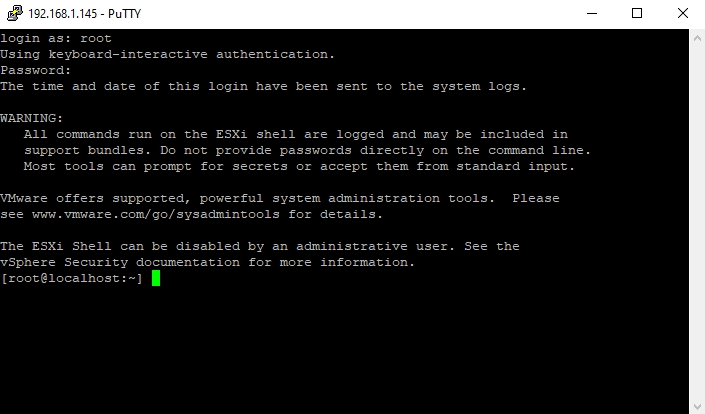

Increased number of probe requests sent to check the device state, making sure they continue to service IO requests.The increased IO request is a result of multiple factors that have been introduced with ESXi 7.x such as: All the non-boot partitions such as core dump, locker, and scratch partitions are now consolidated under the new partition called ESX-OSData (VMFS-L) partition.ĮSX-OSData partition must be created on a high endurance persistent storage device as there is an increase in IO requests sent to the ESX-OSData partition.

The rest of the partitions are dynamic, meaning partition size will be determined based on the boot media size.Īnother significant change in the context of SD cards and USB devices is the ESX-OSData partition. With the new partition schema in vSphere 7.x, only the system boot partition is fixed at 100 MB. Therefore, the need for a more reliable, flexible, and high-performing storage device for ESXi 7.x system storage is a necessity. Looking forward, the need for ESXi hosts to support other VMware or 3rd party solutions is ever-increasing. This restricted the support for installing large modules, debugging functionality, and possible third-party components. There were constraints on using multiple solutions with the 6.x partition sizes, for example, if you started to combine NSX-T, vSAN, Tanzu, vGPU etc. Before vSphere 7, partition management was limited in that partition sizes were fixed and the partition numbers were static. This blog post will outline such issues in detail and provide the technical guidance to mitigate the same.īefore getting into the details, it is crucial to understand the new system layout. We are now witnessing boot-related problems more frequently with ESXi 7.x with the hosts using SD cards or USB drives as boot media. SD cards and USB drives may also exhibit performance issues and may not tolerate high-frequency read-write operations. Such devices, however, have lower endurance and exhibit reliability and issues over time.
#Esxi usb boot disk free#
Historically, SD cards or USB devices have been chosen to free up device bays and lower the cost of installing ESXi hosts.


 0 kommentar(er)
0 kommentar(er)
